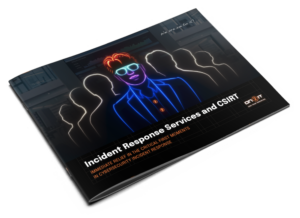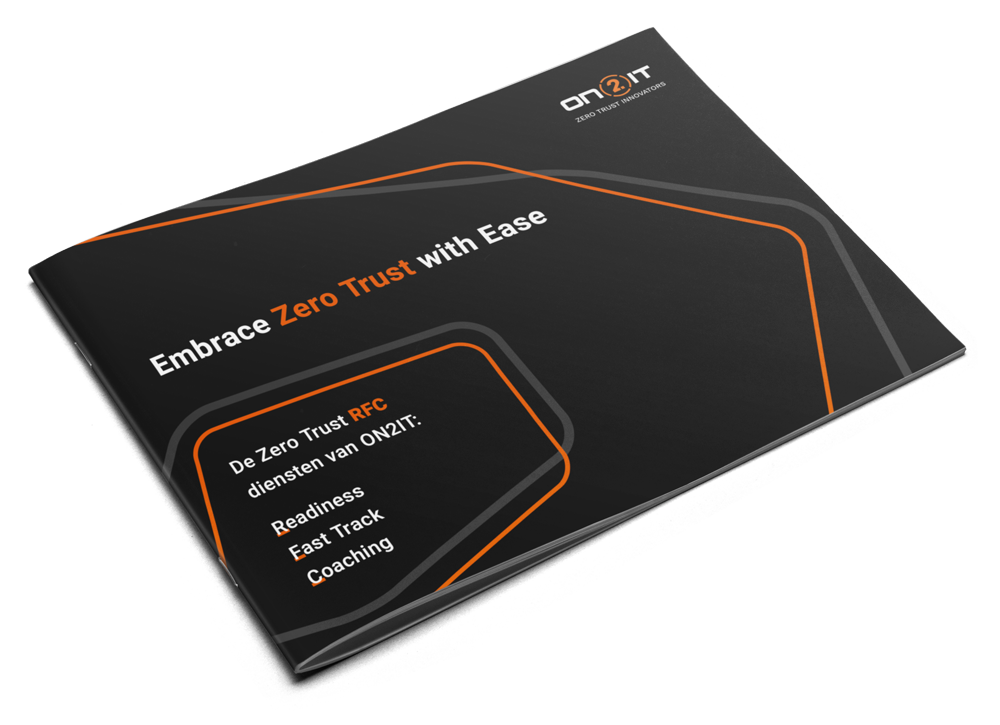Summary
One breach. Four continents. Zero production.
At the end of August 2025, Jaguar Land Rover’s smart factories went silent after attackers slipped through unchecked access and spread fast. The systems built to move cars became the network that stopped them.
This wasn’t bad luck, it was blind trust.
In this blog, Yuri Bobbert discusses how Zero Trust would have ring-fenced the damage, cut the blast radius, and kept wheels turning.
A cyberattack ripped through the hyper-connected systems of Jaguar Land Rover, forcing the company to hit the kill switch on production across the UK, Slovakia, Brazil and India.
Three weeks later, lines were still dead.
What likely went wrong with the Jaguar Hack
Although every breach differs, high-profile attacks like Jaguar’s often involve:
- Uncontrolled access rights (privileged accounts compromised).
- Lateral movement once inside the network, spreading to sensitive systems.
- Lack of visibility (breach detection delayed for weeks/months).
- Weak incident response coordination, causing delayed containment.
- Regulatory exposure (GDPR fines for insufficient technical/organizational
- measures).
How Zero Trust (ZT) Could Have Prevented or Limited the Breach
a) Protect Surfaces & Asset Inventory
- ZT requires identifying critical assets and data (“Protect Surfaces”) and segmenting them.
- Jaguar’s attackers likely moved laterally, because assets were not segmented.
- With ZT, sensitive datasets (design IP, customer info, vehicle telematics) would be isolated, limiting blast radius.
- Impact reduction: Moderate; Likelihood reduction: Moderate.\
b) Granular Acccess Controls & RBAC
- Breaches often start with stolen credentials or abused admin accounts.
- ZT enforces least privilege and contextual access rules (Who, What, Where, When, Why, How – “Kipling Method”).
- This means even with stolen admin accounts, attackers would hit walls (e.g., engineers can access vehicle telemetry systems only at set times from compliant devices).
- Impact reduction: Maximum; Likelihood reduction: High.
c) Continuous Inspection & Monitoring
Attackers often go unnoticed for months (Ponemon: ~287 days average).
- Zero Trust requires logging and inspecting all traffic (via XDR, SOAR platforms).
- Suspicious lateral movement or data exfiltration would trigger alerts and automated containment.
- Impact reduction: High; Likelihood reduction: Moderate.
d) SOC & CSIRT Integration
- Jaguar likely lacked a 24/7 SOC and struggled with post-breach response. Tata Steel SOC.
- ZTaaS includes SOC + CSIRT to provide continuous monitoring, triage, and root-cause analysis.
- Quick containment and well-documented response also reduce regulatory fines, since authorities judge companies on control and transparency.
- Impact reduction: High; Likelihood reduction: Moderate to None (depending on stage).
e) Dashboarding & Executive Oversight
- In Jaguar’s case, fragmented visibility may have delayed decisions most likely due to outdated monitoring technologies at Tata Steel SOC.
- ZTaaS dashboards provide real-time risk scores on critical assets, enabling boards to act decisively.
- Impact reduction: Moderate; Likelihood reduction: Low.
Cost Avoidance with Zero Trust as a Service
According to the ZTaaS cost reduction framework:
- Protect Surfaces: 20% reduction (impact + likelihood).
- Technical measures: up to 35% reduction if Kipling-enforced.
- Dashboarding: 15% reduction.
- SOC: 15% reduction.
- CSIRT: 15% reduction.
Combined, Jaguar could have reduced breach costs by 50–75%, including:
- Lower GDPR fines (Art. 32 compliance).
- Less downtime and recovery costs.
- Avoidance of massive reputational harm and share price collapse.
Key Takeaway
The Jaguar Hack illustrates the cost of implicit trust and weak segmentation. Zero Trust would not only have made the attack far harder to execute, but also:
- Contained the intruder within a limited surface.
- Reduced regulator penalties by showing robust governance.
- Preserved shareholder confidence by demonstrating control.
References
Bobbert, Y., Timmermans, T. (2023). How Zero Trust as a Service (ZTaaS) Reduces the Cost of a Breach. In: Arai, K. (eds) Proceedings of the Future Technologies Conference (FTC) 2023, Volume 4. FTC 2023. Lecture Notes in Networks and Systems, vol 816. Springer, Cham. https://doi.org/10.1007/978-3-031-47448-4_33


